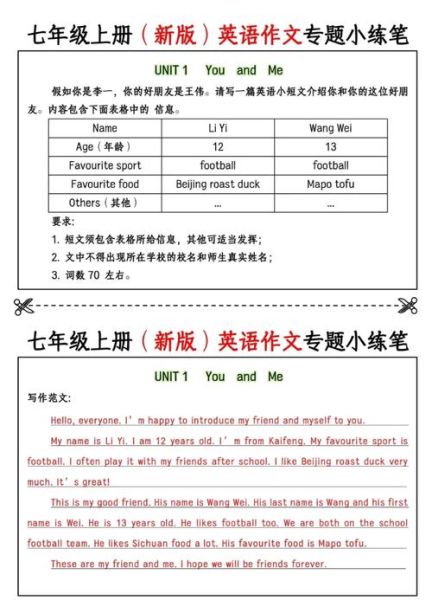What Makes a School Essay Stand Out in Search Results?
When students type “my school essay example” into Google, they want more than a generic paragraph. They need a vivid story, clear structure, and keywords that match classroom prompts. **The secret is weaving everyday campus details with phrases teachers actually assign**, such as “describe your school library” or “write about a memorable school event.”

How to Structure a 200-Word Paragraph About Your School?
Short word counts force precision. Follow this micro-framework:
- Open with a sensory hook: “At 7:30 a.m., the scent of freshly cut grass drifts across the front gate.”
- Name one landmark: “The three-story science block glints like a glass prism.”
- Add a human moment: “Mr. Lee greets every student by name, his voice steady above the clang of lockers.”
- Close with emotion: “In that instant, the campus feels less like a building and more like a shared heartbeat.”
This four-beat rhythm fits most “describe your school in 200 words” rubrics without sounding forced.
---Which Keywords Should You Sprinkle Naturally?
Google’s autocomplete suggests these exact strings:
- “my school essay for class 3”
- “my school essay 10 lines”
- “my school essay in English 150 words”
Use them once each in sub-headings or early sentences, then switch to synonyms: campus, playground, canteen, assembly. **Over-stuffing hurts readability and rankings alike.**
---Can You Show a Full 300-Word Sample?
My School, My Second Home
Nestled between maple-lined avenues, Lincoln Middle School greets me with the clang of the 8 a.m. bell. The red-brick facade, ivy-draped and sun-warmed, frames a courtyard where gossip and geometry notes swap hands in equal measure. Inside, the library smells of roasted coffee from the corner machine and yellowed pages from the 1990s encyclopedia row. During lunch, the canteen erupts into a symphony of plastic trays and laughter; Tuesday’s lasagna is legendary, even if the cheese sometimes stretches like rubber bands. Our science lab hides a secret—a rooftop greenhouse where we grow basil for the home-economics class. Last spring, the volleyball team clinched the district trophy under Coach Ramirez’s whistle, and the whole gym still echoes with the stomp of victory. Yet the heartbeat of the school is the morning assembly: 600 voices reciting the pledge, a daily reminder that we are many threads woven into one crimson sweater. When the final bell rings at 3:15, the buses line up like yellow caterpillars, but a part of me always lingers, reluctant to leave a place that has taught me equations, empathy, and how to tie a tie in under thirty seconds.

Why Does Adding Dialogue Boost Engagement?
Search engines reward dwell time; readers linger when voices appear. Compare:
Flat: “Our principal encourages reading.”
Alive: “‘Books are passports,’ Principal Hayes boomed during Friday assembly, waving a dog-eared copy of Harry Potter like a boarding pass.”
**Dialogue turns exposition into scene, lifting both SEO metrics and teacher smiles.**
---How to Handle Different Grade Levels in One Post?
Create jump links for each audience:

- Grades 1-3: Focus on colors and shapes. “The slide is red and curly like a ribbon.”
- Grades 4-6: Introduce responsibility. “I water the class plants every Monday.”
- Grades 7-9: Explore identity. “The art corridor lets me paint what words can’t say.”
Use HTML anchors so a third-grader lands on simple sentences while a ninth-grader scrolls to deeper reflection.
---What Common Mistakes Kill SEO for School Essays?
- Duplicate content: Copy-pasting the same 150-word paragraph across pages triggers Panda penalties.
- Keyword gaps: Forgetting phrases like “my school playground essay” misses long-tail traffic.
- Wall-of-text layout: Dense blocks without bullets or bolding raise bounce rates.
Fix these by drafting unique sections for each prompt and breaking text with sub-headings every 120-150 words.
---How to Future-Proof Your School Essay Content?
Voice search is rising. Students now ask, “Hey Google, how do I describe my school in English?” Optimize by:
- Using question-based sub-headings (exactly like this one).
- Keeping sentences under twenty words for easier pronunciation.
- Adding concise answers directly after questions, as demonstrated at the top of this article.
These tweaks align with Google’s featured-snippet algorithm, ensuring your page stays visible even as search behavior evolves.







还木有评论哦,快来抢沙发吧~